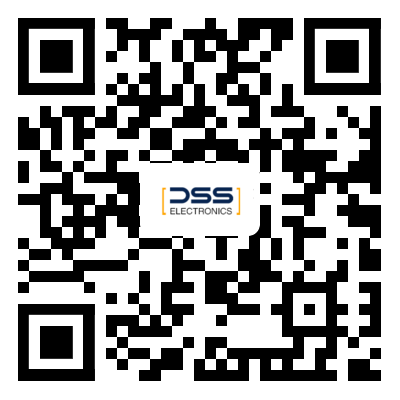New technology of heat exchanger tube in service defect detection
Abstract: Far field eddy current testing is a new kind of pipeline inspection technology, and has a potential development prospects, it can solve the power of the steel tube is widely used in petrochemical industry in the rapid detection, thickness problem. This paper discusses the far field eddy current testing principle and heat transfer in the petrochemical industry pipeline defect inspection。
Electricity and heat exchangers are widely used in petrochemical industry as a medium to transmit energy, its internal consists of a large number of tube bundle, due to long-term in under the action of alternating stress and corrosion medium, often produce corrosion and abrasion, therefore to internal heat exchange tube of regular inspection is one of the important measures to ensure the safe operation of the equipment.
Usually heat exchange tube can be divided into two categories, from the material category is ferromagnetic materials, such as austenitic stainless steel, aluminum alloy, titanium alloy and copper alloy, such as conventional eddy current testing technology, with its fast detection, high sensitivity, mature defect signal analysis method, has been widely used in thermal power, petrochemical and other departments of the ferromagnetic metal pipeline defect detection. However, large power on the petrochemical industry to use another type of heat exchange tube of ferromagnetic materials such as carbon steel and low alloy steel, its characteristic is the permeability of the metal mu r > > 1, using conventional eddy current testing methods exist very strong skin effect, such as the following formula of conductor eddy current standard penetration depth of the δ
δ=5.033×(ƒμrσ)-1/2
2. The characteristics of the far field eddy current testing technology
Conventional eddy current is close to the wall in the form of direct magnetic coupling coil to pick up the eddy current field change signal,The far field eddy current to measure through the wall and outside the tube propagation along the pipe axis after a distance again returns to the tube's magnetic field,Testing must be in 2 ~ 3 times excitation coil and coil diameter far far area, therefore, detecting coil can received from far field signal is very weak, usually in microvolt orders of magnitude, but also mixed many outside stray electromagnetic interference, its magnitude can also bigger than the far field signal hundreds, it brings to the signal processing and instrument production difficulties.
The far field eddy current mechanism is different, because is the same for both inside and outside wall defect detection sensitivity, low requirement to the fill factor, to probe the eccentric effects of walking on the tube is very small. Its biggest advantage is to check the ferromagnetic thick wall tube, maximum detection of wall thickness is 25 mm. The conventional eddy current is unable to achieve. Second, it on a wide range of wall thickness defect sensitivity and high precision, the accuracy can reach 2% ~ 5%, the small size of defects, such as corrosion pits, the detection sensitivity depends on the material, the uniformity of wall thickness, permeability, test frequency and probe the pulling speed and other factors. In the petrochemical industry common Φ 25 x 2.5 carbon steel tube, depth of detection sensitivity can be up to 80%, 2.8 Φ corrosion pit diameter.
The far field eddy current detection frequency is lower than conventional eddy current,In order to ensure that in each cycle of incentive internal energy collected signal,Detection speed is restricted,Usually only conventional eddy current testing methods of 1/3 ~ 1/5, generally range in 10 m to 20 m/min, a working class 8 h can check 200 ~ 500 10 m long pipelines.
3.Examples of application
A petrochemical general factory several times for a heat exchanger pipe leak and affect production, pressure testing method to test during the inspection, the results also found a pipe leaks. To thoroughly test the heat exchanger, understand its actual situation, to evaluate its service life, the far field eddy current testing method of the heat exchanger tube one by one check, its specifications for Φ 25 mm x 2.5 mm, the material of 20 # steel.
Figure 3 is the actual test results of a heat exchange tube of a bar chart. Can be seen from the diagram, in S1 ~ S7, phase and amplitude curves have shift to the right, this is a sign of baffle plate. In B3 and B4, B5 and B6 in phase and amplitude curve shift to the left, and there are certain length, in the above position in a wide range of circumferential wall thickness thinning, coordinates are calculated and compared with standard here on the map, to determine the depth of thinning 13% of the wall thickness. According to the field observation and understanding, the wall thickness thinning may be improper wear pipe manufacturing process pipe mechanical damage, and due to reasons such as stress concentration in use process further on the wall thickness thinning. After the examination, the heat exchanger tube and Numbers the same。







 +86 13616209379
+86 13616209379 Chat on WhatsApp
Chat on WhatsApp